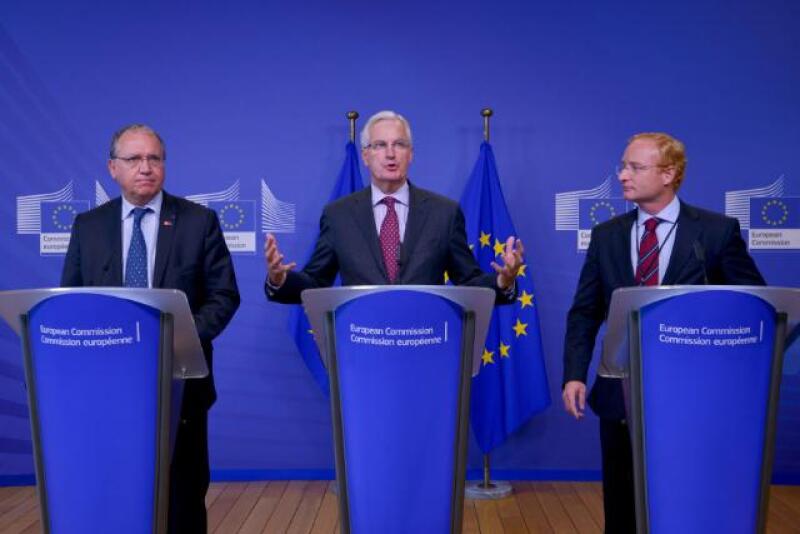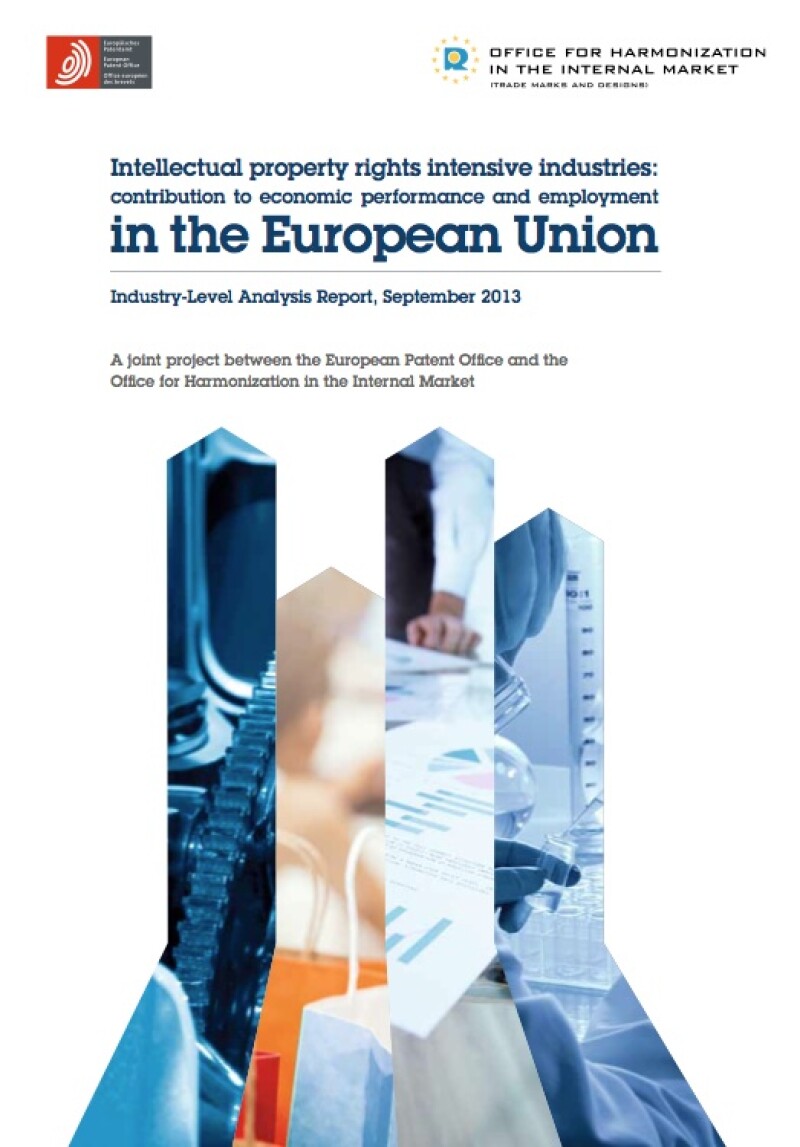At Managing IP we have often written of the need for more openness, data and analysis on the economic role played by intellectual property, based on the belief that concrete figures would counter the polemics on both sides of the debate. It seems churlish, then, that when a detailed and well-researched piece of work is published, as it was yesterday by the EPO and OHIM, we do not welcome it unreservedly.
The study provides a wealth of data, including the headlines that IPR-intensive industries account for 39% of European GDP and 26% of European jobs. Moreover, the report is remarkably thorough, with valuable information on the role of IP in different industries and different European countries. As you would expect, these findings have been welcomed – for example by INTA and IAM magazine.
But at Managing IP we have some fundamental questions about the report. We hope soon to be able to put these to the authors, and get their responses, but in the meantime we are posting them here. Our questions are not meant as a criticism of the work that has gone into the report, and we don't underestimate the complexity of the task that the EPO and OHIM have undertaken. We also appreciate that the authors make a number of comments about the limitations on them in the report.
We hope these points will prompt a constructive debate. For any readers who want to know more, there is no better place to start than the report itself.
Definition of IPR-intensive

Our main reservation concerns the definition of IPR-intensive industries, which is the foundation on which the report is built. The report estimates the value created by these IPR-intensive industries, but it first has to establish what they are. To do so, it uses a standard set of industry categories, and for each one examines the average "use of IP per employee". For each registered right - patents, trade marks and designs - this "use" equates to how many registrations each industry has per 1000 employees. If the industry is above average, it is counted as IPR-intensive.
The executive summary states that "about half" of European industries are IPR-intensive. (The actual figure is 321 out of 615.) It follows that "about half" of European industries are not IPR-intensive. Of course, this is inevitable from the definition: if the average is your starting point, you expect half of the pool to be above the average, and half to be below. The 50% figure is not a finding, but a premise.
Now consider the headline figures in that light: the 50% of European industries that are IPR-intensive are responsible for only 39% of GDP and only 26% of European jobs. In other words, the 50% of industries that are non-IPR-intensive are responsible for a greater share of both jobs and GDP than the IPR-intensive industries.
Now it may be that the industries counted as IPR-intensive are generally smaller than those that are not, and are punching above their weight – but we can't see that point addressed in the report.
Chapter 6 (and the appendix) does helpfully list all the industries that qualify as IPR-intensive and they don't seem to be niche. For example, "Rental and operating of own or leased real estate" ranks first (by a long way) in value added to GDP, and second for employment. "Business and other management consultancy services" ranks third for GDP and second for employment, and "Engineering activities and related technical consultancy" ranks second for GDP and first for employment.
Only the third of these, I would suggest, is an industry that you would commonly consider to be IPR-intensive.
Other points to note

Reading through the report, there are some other observations which readers might not be aware of from the headlines. These merit further analysis, but for the moment we will summarise them, and invite readers' comments:
1. The report counts five IP rights (patents, trade marks, copyright, designs and geographical indications (GIs)), two more than the equivalent US report. Designs, interestingly, produce considerably bigger numbers than copyright, which may be a surprise to the creative industries in Europe. As for GIs, should they really be treated on a par with the other rights? They are important, yes (though the figures in the report are tiny compared to the other four rights) but they are conceptually different. And if you count GIs as IPRs, why not include utility models, domain names, unregistered designs or even trade secrets? 2. The report treats each registered right as being of equal value. You can appreciate the logistical reasons why this was probably necessary, but everyone knows that patents are not created equal: their value to the owner depends on how they are used, licensed, enforced etc as well as how long they are maintained. The same is true of trade marks: just yesterday we saw the latest attempt to value different brands. Future research needs to find a way to estimate the real commercial value of IP rights, based on quality as well as quantity. Call it the Coca-Cola question.
3. The study counted rights registered at EPO and OHIM but not at European national offices. Again, you can see why the researchers followed this approach, but does it distort the results?
4. One slightly surprising result from the report, as highlighted (not surprisingly) by INTA, is that trade marks are by far the biggest contributors among IP rights: the trade mark-intensive industries account for 21% of total employment and 34% of GDP. That may reflect the wider role of trade marks in the economy, but it's also worth noting that the research counted each Nice class separately (footnote 39 on page 38). Remember that OHIM sells CTMs on the basis of "three-classes-for-the-price-of-one" and consequently many applicants apply for three classes by default. Counting such registrations as three rights may not reflect commercial reality.
The full report presents a lot of valuable information, which we have only touched on here, and readers are strongly recommended to read it in full. It certainly contributes to the important debate about the role of IP in the European economy, and we hope our brief comments add to that debate. It's a discussion that should, and hopefully will, continue to develop.









